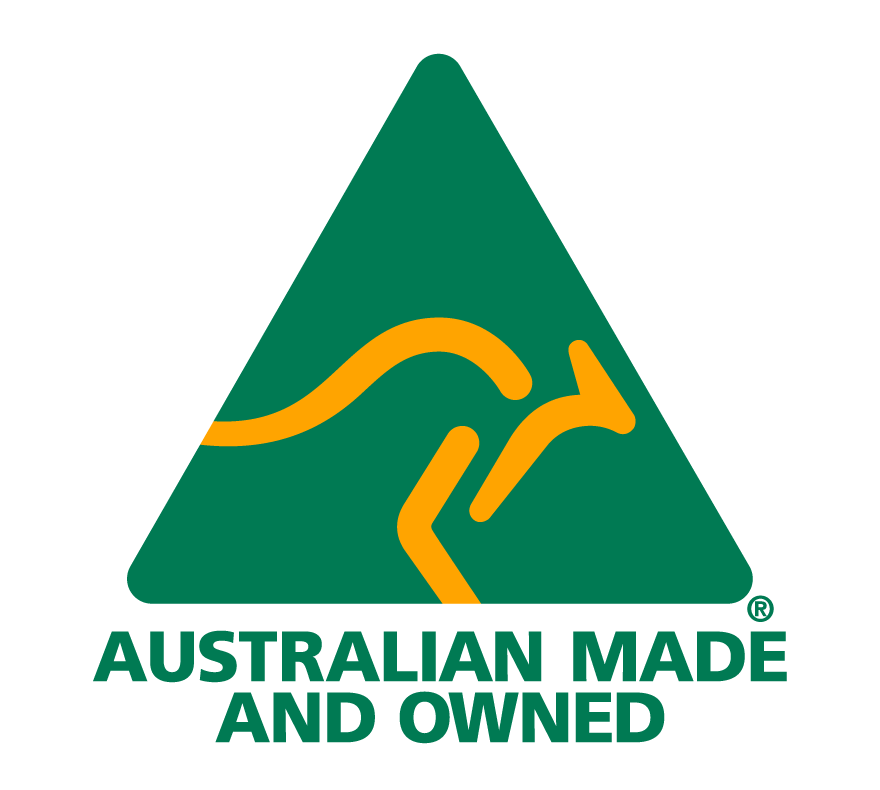Today we’re delving into a method that harnesses the power of moisture to accelerate Clayform’s degradation process, ultimately leading to quicker attainment of zero load transfer.
The weight loading of Clayform is 100kPA, making it one of the highest rated degradable voidformers in the market. This high rating, coupled with the potential for accelerated degradation through moisture introduction positions the Clayform void forming system as a top choice for construction projects where stability and efficiency are paramount.
Achieving zero load transfer to concrete works is crucial at sites with reactive soil present. Traditionally, achieving zero load transfer with Clayform involves a waiting period for natural degradation to occur. However, for situations where a faster result is required an alternative option is to introduce moisture which can significantly speed up this process, allowing for a faster breakdown of the material.
But you might be wondering, how can moisture be introduced to Clayform to expedite its degradation process for zero load transfer? This accelerated degradation method involves a straightforward process:
- Ensure bearing surfaces are level and free from impurities and surface water.
- Place Clayform sheets on prepared surface in a row, stacked beside each other at the construction site. (Clayform can be cut with conventional site tools e.g. jigsaw.
- Attach hoses parallel to the line of sheets.
- After the concrete is placed and cured, turn on the hoses to introduce moisture, initiating the degradation process.
In summary, Clayform by LiteCorp provides a dependable solution for achieving zero load transfer in voidformer applications, particularly in reactive soil sites. Through the integration of moisture introduction methods Clayform’s degradation process can be accelerated, ensuring faster and more efficient results.

Above: Clayform panel under slab, after concrete pour
To learn more about Clayform, visit Honeycomb Cardboard Void Former | Clayform by Litecorp
Reach out to our team for Clayform pricing or other technical questions: https://litecorp.com.au/contact-us/





